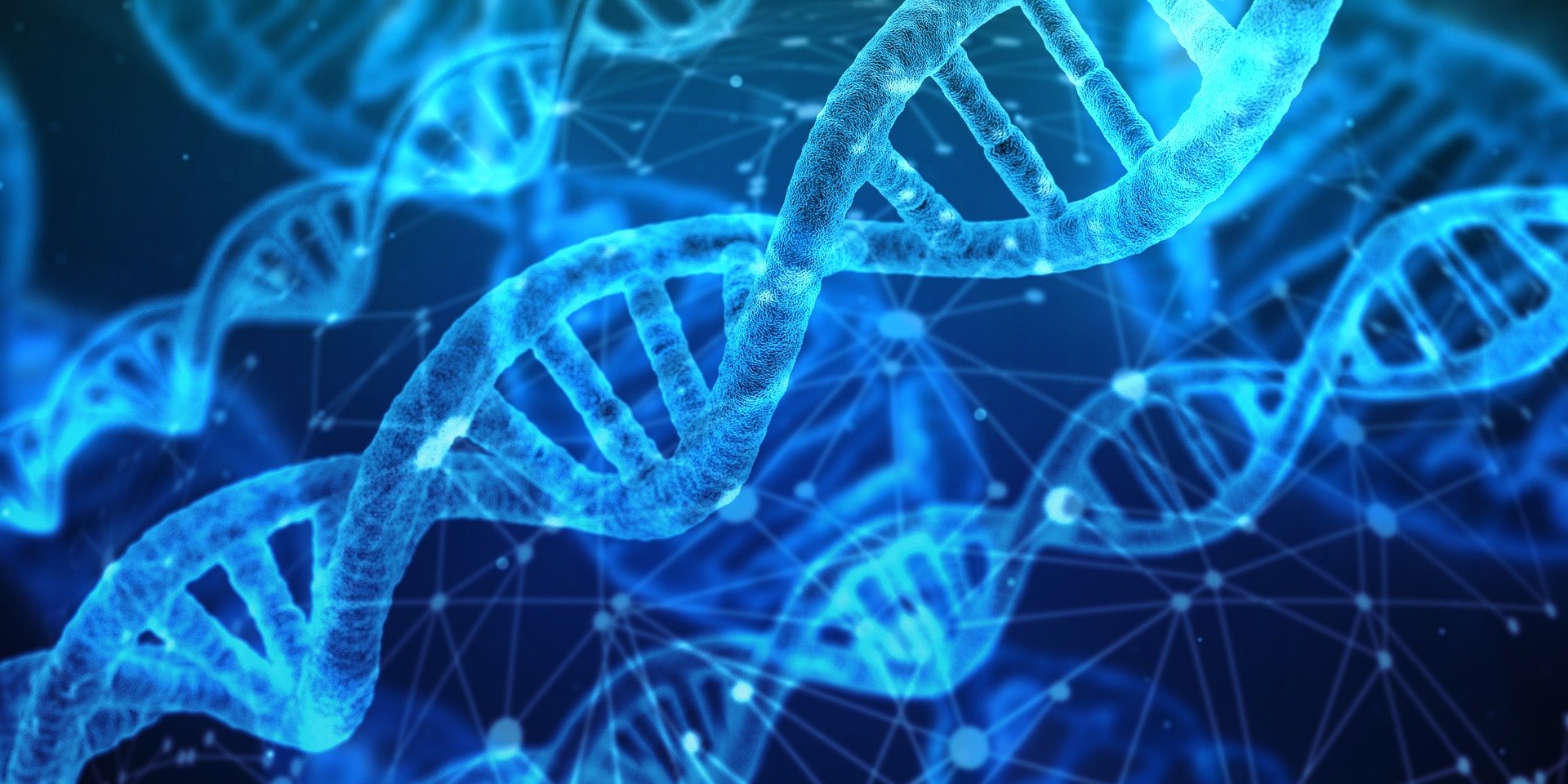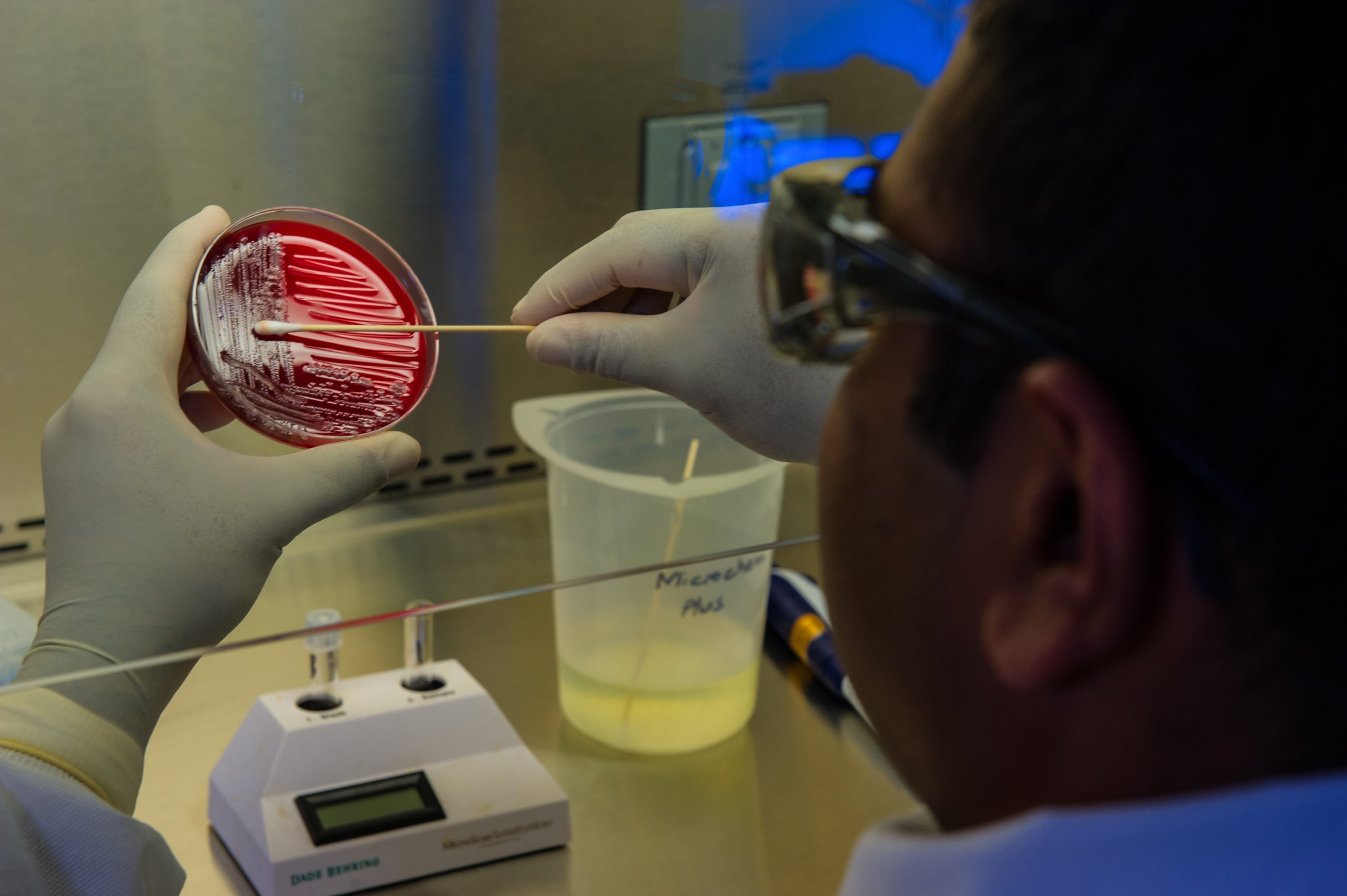
Our researchers have developed INSIDER – a new technology to help detect and prevent threats.
Biological threats can emerge at any time and pose a risk to society. We’re living in a time where information about biological threats like emerging infectious diseases is more accessible than ever. But thanks to the efforts of the global scientific community and the collective response to COVID, we’re learning more about viruses, genome sequencing and disease treatments.
So how can we increase our resilience and prepare against future pandemics? Rapid and early detection is key. And our researchers have developed new technology to help detect and prevent threats.
The importance of detecting dangerous DNA
Finding dangerous or foreign genetic elements within the genome of any organism is vital for a range of health and biosecurity applications. These sequences may endanger human health, disrupt agriculture production, or cause harm to living ecosystems.
Sometimes an external DNA sequence can get inserted into an organism’s genome either through natural processes or by scientists in the lab. For example, two bacteria can exchange genetic information that makes them resistant to certain types of antibiotics (also known as Antimicrobial Resistance). Otherwise, researchers might insert synthetic DNA using genome editing techniques to control ecological threats.
In either case, scientists want to keep track of the foreign DNA. But this can become complicated and time-consuming when scientists haven’t sequenced the host organism’s genome yet

two bacteria can exchange genetic information that makes them resistant to certain types of antibiotics (also known as Antimicrobial Resistance). Image: CDC/Unsplash.
An INSIDER job
Researchers from the Australian e-Health Research Centre developed INSIDER. It’s a new software for detecting foreign DNA in the genome.
INSIDER is one of the first tools designed to function with no prior knowledge about the genome or the foreign genetic element. As a result, it makes it ideal for detecting foreign DNA in organisms we know little about.
Dr Denis Bauer, Head of Transformational Bioinformatics, said: “INSIDER works by analysing how the genomic content changes across the length of the genome. That essentially means taking multiple fingerprints of the organism’s genome. INSIDER compares the fingerprint of each segment with the one of the organism overall. As a result, it finds the ones that are significantly different; the ones that are the foreign DNA.”
How does INSIDER work? Two use cases of INSIDER were recently published in the Computational and Structural Biotechnology Journal and include:
- Gene drives: These are genetic elements that can spread throughout a population. If left unchecked, such elements can disrupt agricultural production, cause lasting ecosystem harm or even endanger human health. INSIDER gives us the capability to detect and respond against these biological threats.
- Antimicrobial resistance: Bacteria can acquire genetic information from other bacterial populations and become resistant to antibiotics. This makes it difficult, and sometimes impossible, to treat infections and increases the risk of severe illness or death. INSIDER give us the opportunity to quickly detect the spread of these genes and help respond and control emerging outbreaks of infections.
How to access INSIDER
As shown from these examples, INSIDER has broad applications in the health and biosecurity space. It is a powerful tool that has the capacity to monitor emerging biological threats and protect the health and wellbeing of society. INSIDER is available on Github.


8th August 2021 at 6:21 pm
sounds like a major biological tool.
who else is developing a similar capability
5th August 2021 at 12:10 pm
Seems like INSIDER has potential to reduce barriers for using gene drives to eliminate feral species. Any comments on this, given the horrendous environmental & economic burdens feral spp impose on us?